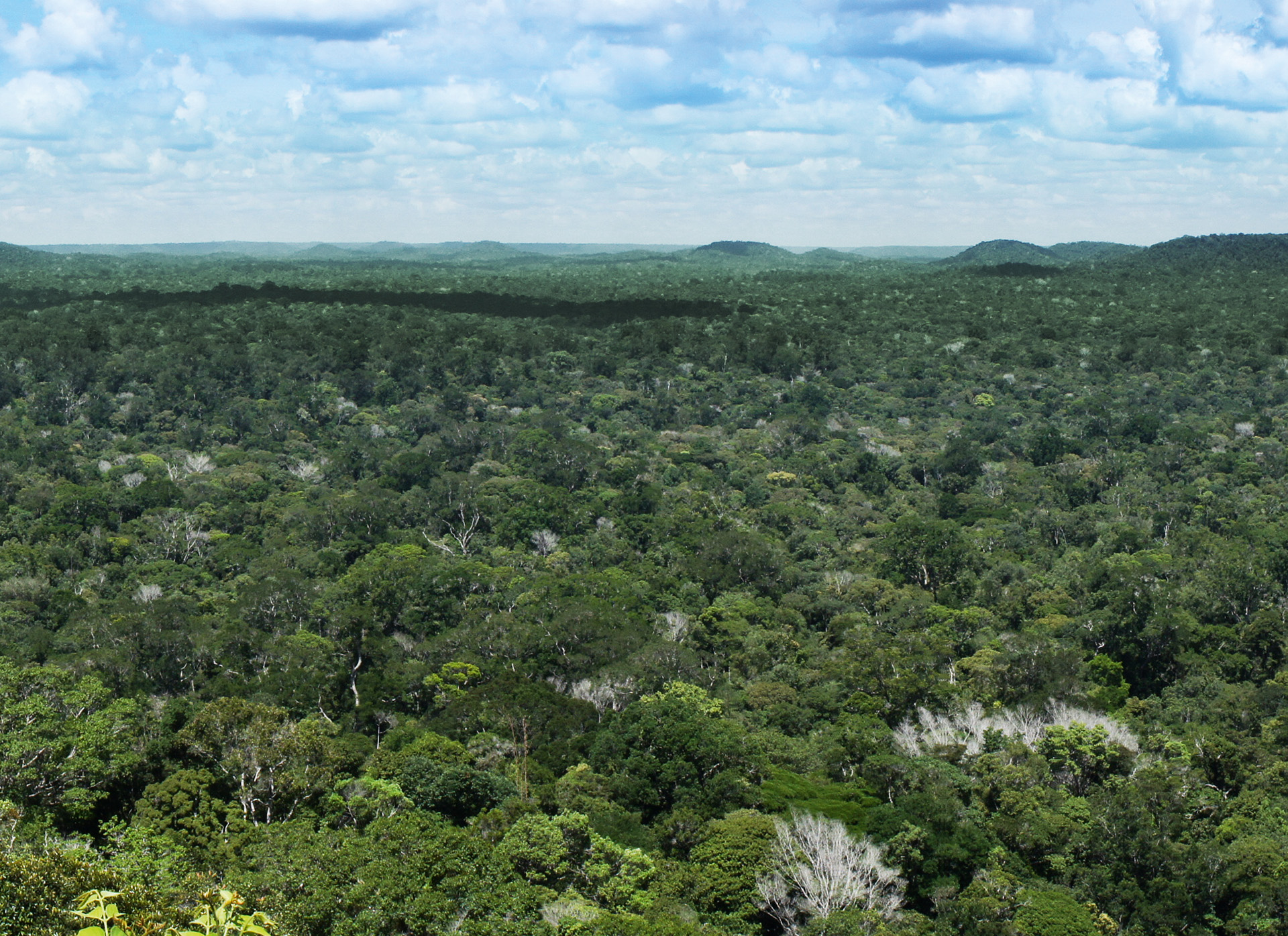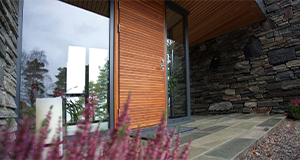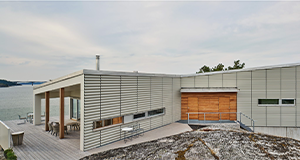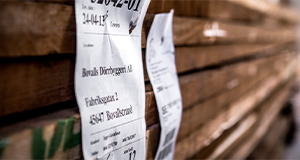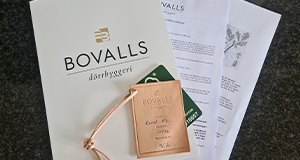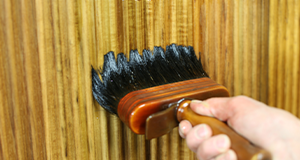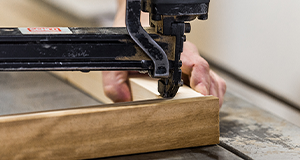The place Bovallstrand
“Sad and gloomy, crags and more crags, bare rock, no trees, no bushes, no greenery”. Bovallstrand has not always been regarded as a sunny holiday paradise, at least not according to this 1855 description of the West Coast community. But even then, in the 1800s, cold swims and fresh sea air were considered healthy so, in spite of everything, there were some reasons for the tourists to visit.
Rough weather, storms and shipwrecks
Otherwise it was mostly seamen who visited, often very much against their will. Most arrived from the North Sea and would then continue on to Oslofjord or south, to Kattegat. In hard seas and strong winds the ships could be driven in towards land, where they were battered against the cliffs and skerries. In the best case they were helped by the pilot ships and local residents to find a way through the rocks, and then cast anchor and waited for milder weather – but not always. From 1840 to 1880 there were eight known wrecks. We can only hope they enjoyed their cold swims and fresh sea air.
Society in the outermost part of the coastline
The surly weather has also made its mark on the community. Icy winds that have traveled nautical mile after nautical mile over the sea, increasing in speed, getting colder and collecting salt and rain, made life difficult for both homes and people. Solid constructions were necessary in order to protect buildings from damp and rot. At the end of the 1800s the houses in Bovallstrand were built according to a standard that was far better than that used in the countryside.
Herring period
But building a home or breathing sea air did not fill any stomachs. Like most coastal communities, job opportunities in Bovallstrand had long been limited to fishing for herring, stone carving or transporting one or the other of these. Fishing gradually declined. Herring is notorious for coming and going as it pleases, and it did this in Bovallstrand too. During the herring years it was possible to live well off the fish, but when it moved on, just as suddenly as it arrived, the people remained. With no herring.
The rise and fall of shipping in Bovallstrand
What about the freight trade? Bovallstrand’s tough weather raised many hardened seamen, who were of great benefit to the freight fleet. However, in the 1930s and 40s, this industry was subjected to devastating reforms. This time it was the railways and road freight that were increasingly being used for shorter distances. Bulky goods that needed to be transported over longer distances were also coming under pressure from modern steel ships, as these were safer and more efficient than the old wooden boats from Bovallstrand. The seamen here were hesitant to make investments as the steel ships were expensive and people were afraid to get into debt. Soon, commercial freight activities in Bovallstrand were just a memory.
The epoch of quarries
So it was lucky that the area around Bovallstrand had plenty of stone, stone that was in great demand in the rest of the world. The big quarries were desperate for labour. But – there’s always a but – the depression of the 1930s was bad for business and, around the same time, city architects started to use asphalt and concrete rather than stone in their designs. So there they were, the people of Bovallstrand. With their stone that no one wanted.
What happens next? Where does everyone go? What do they live on? Some move, some retire. Many people start to work in the tourist sector, which has become increasingly important. Some took different paths, such as building companies and boatyards. And, eventually, some started to build doors…
Our heritage & our history
Bovalls Dörrbyggeri is located in the middle of the outermost coastline at Sotenäs in Bohuslän. From the very beginning, 1943, when we built our first doors for boathouses and villas in the coastal community, robust, weather-resistant materials and careful door craftsmanship were important.

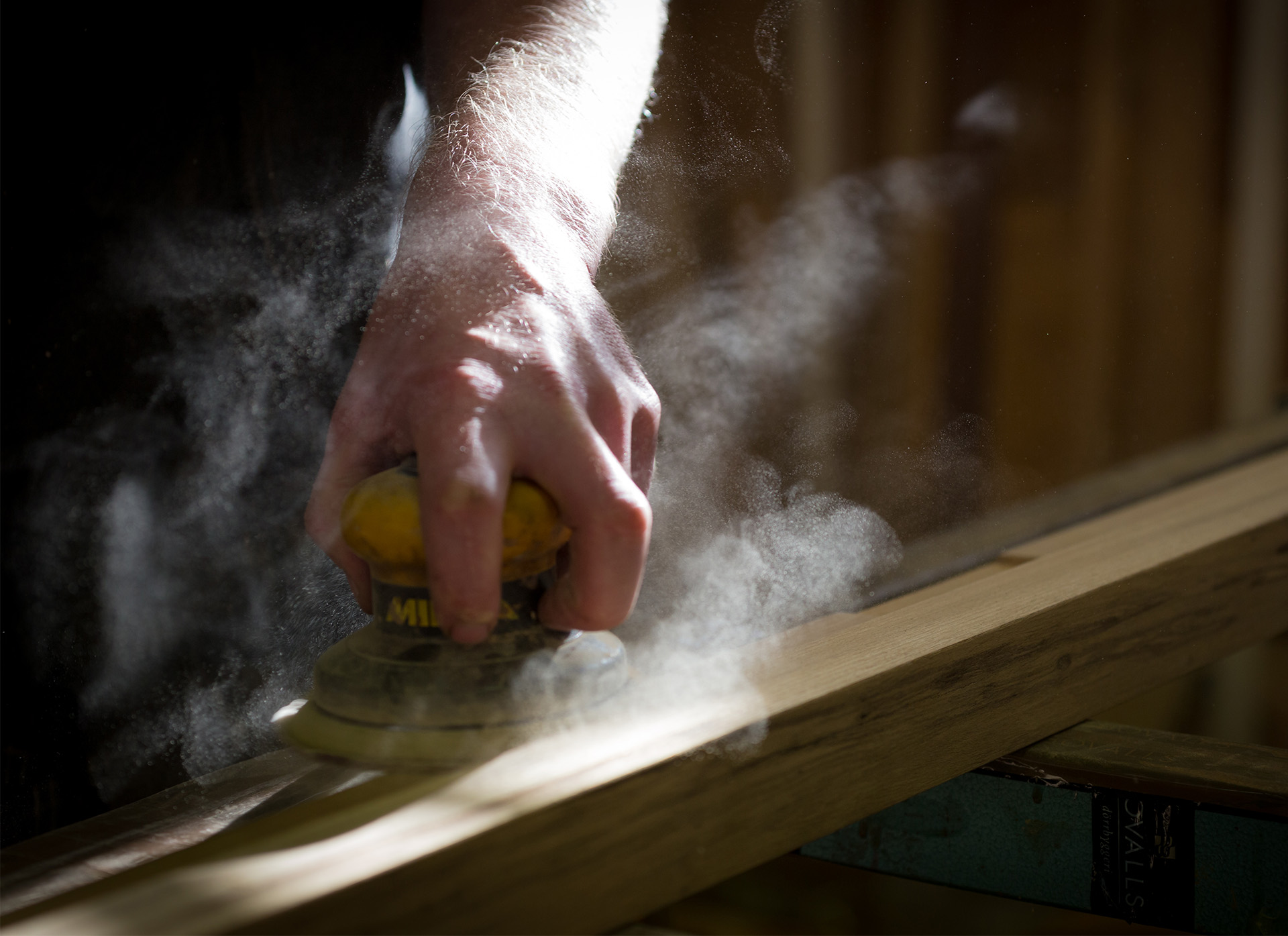
Our craftsmanship & our knowledge
Quality and craftsmanship are close to our hearts. And it’s a unique craft that develops from generation to generation. All our doors are made by a craftsman, who follows all the steps and selects the right material.
Types and origin of our wood
For us, the quality of the wood is just as important as its origin. The structure of the wood contains impressions from nature and each piece, each panel, frame and molding is unique. Our doors are therefore built with great respect for the raw material that has taken nature decades to produce. With the sea to the west and forest to the east it is easy to take an interest in sustainability issues. One important step in this process is to use FSC®-certified wood.
